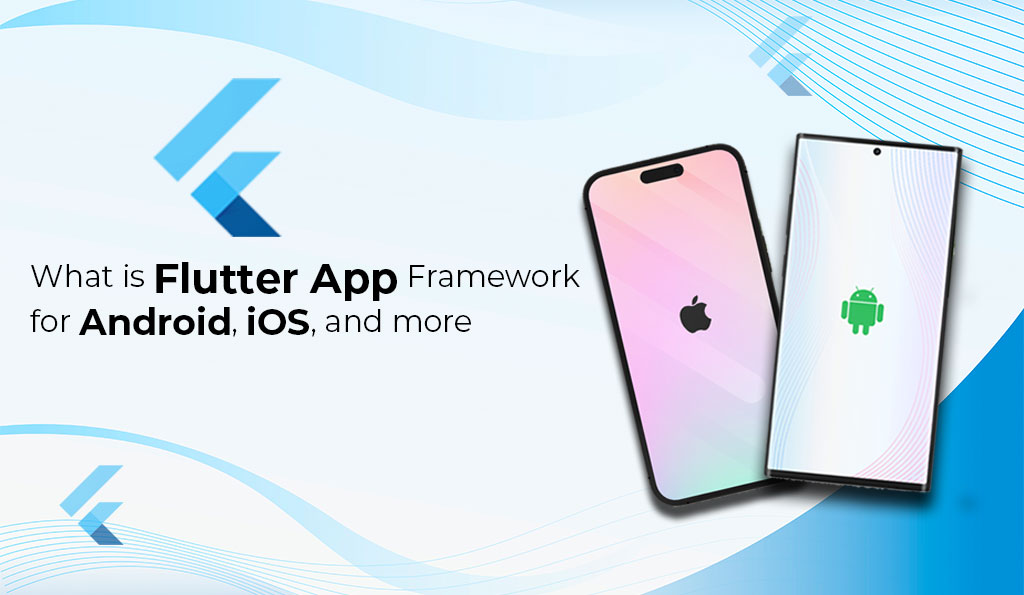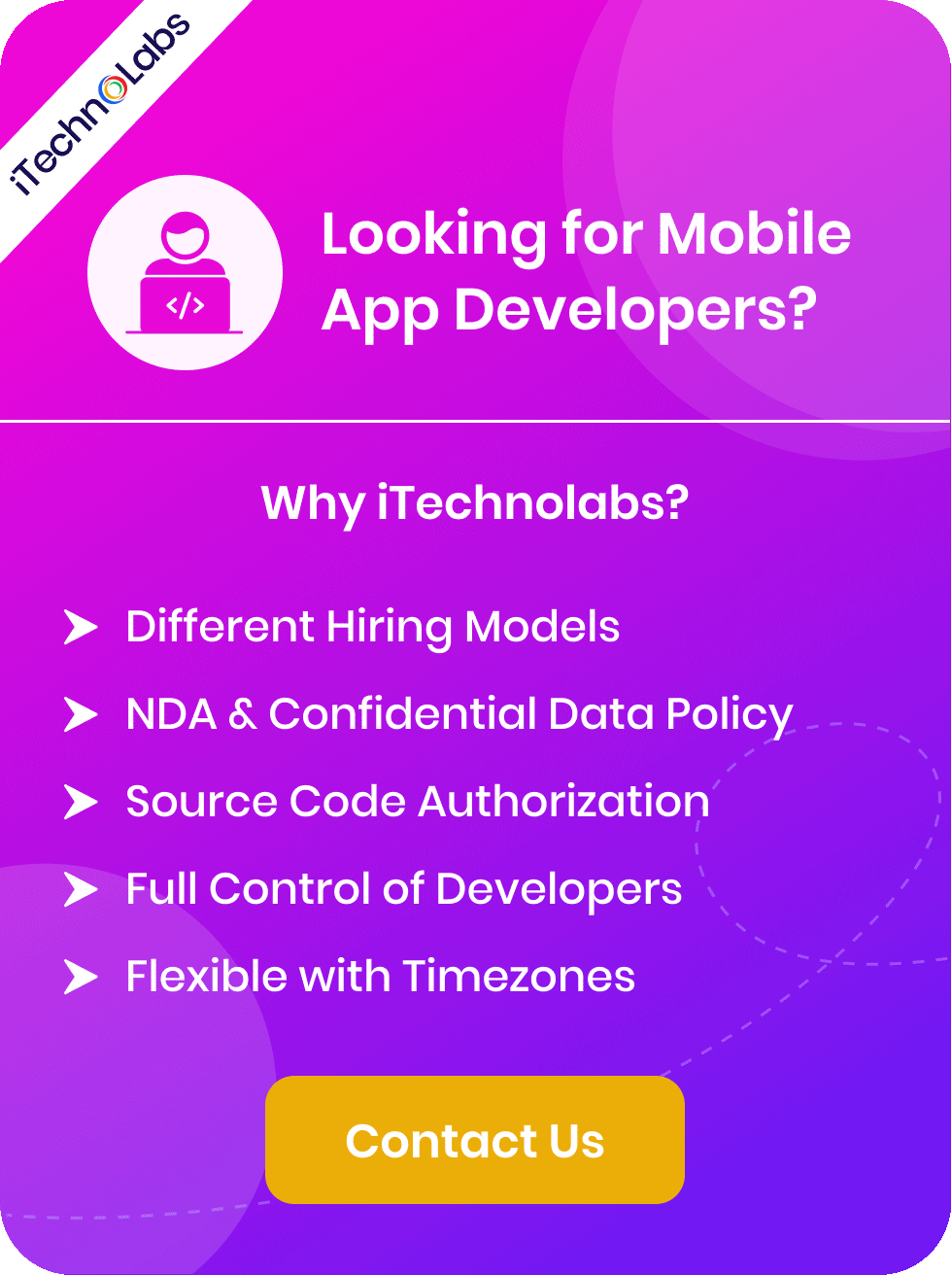What is Flutter App Framework for Android, iOS, and more

There was a time that you had to decide between making universal mobile applications and native apps. Universal apps relied on web technologies such as HTML and JavaScript that often perform poorly on mobile devices. Native applications performed well since they were designed separately for each platform that you wanted to support; however, they cost a lot of money and required a separate development team for every platform.
Flutter app development, an open-source framework created by Google has changed the way developers create apps. Developers today have more options to create rapid mobile apps that work across multiple platforms, such as Ionic, React Native, and Xamarin. Flutter app development and its inbuilt programming language Dart continues to be popular and extensively utilized.
Flutter 3.0, which was released in the spring of this year has compatibility with macOS and Linux desktop applications as well as the previous Android, iOS, web, and Windows targets. It also comes with enhancements to performance to eliminate apparent UI delays.
Multiplatform development is possible with Flutter App Framework 3
Flutter app development is an open-source framework created by Google that allows you to build natively compiled, multi-platform applications with a single codebase. Flutter 3 can run on six platforms: Android, iOS, Windows, macOS, Linux, and web-based apps.
Flutter widgets are created using a contemporary framework that is inspired by React. As illustrated, among the top popular layouts the widgets include texts, Flexbox rows, and columns stack layouts that are absolute containers as well as positioned widgets.
Let’s suppose that you are developing a multi-platform application that begins at a Flutter Material App widget. The widget creates a variety of useful widgets in the base of your application, such as the navigator. The navigator is a collection of widgets that are identified by strings, also referred to in the context of the route of Flutter. The navigator allows you to move effortlessly between different screens.
To design a user-friendly interface for iOS check out the Cupertino components set. The Flutter team recommends making use of the Cupertino components for apps that are exclusively iOS-based If you are developing apps for multiple platforms you might want to consider using a different set of widgets, for instance, Material Design.
The state demonstrates stateless widgets’ gesture handling, as well as stateful widgets. It’s worth reading the complete Flutter tutorial for development, beginning by reading the widgets introduction which we’ve already started. It’s also worth looking at the DartPad examples and browsing Flutter’s Gallery of Flutter and testing Flutter.
Beyond layouts and widgets, Flutter offers routing and navigation animations, actions, goals as well as shortcuts, state management, as well as networking, HTTP, JSON serialization, and Firebase integration.
1. Flutter and Dart
Flutter runs on Dart which is a language designed to run fast applications across any platform. Dart is a bit similar to Java, Kotlin, and Swift along with TypeScript. If you’re familiar with any of the object-oriented languages it will be possible to master Dart quickly. It’s worth taking at the very least one of the Dart Tours.
Dart is highly typed, but annotations of type aren’t required because Dart can determine types. The preferred approach is to make use of the var or type-inference to determine local variables, and also strong typing for public variables and functions. In contrast to Java, Dart doesn’t have the terms private, protected, public, protected or secure, and private. If the identifier begins by using the letter underscore is private to the library.
Dart allows you to convert to ARM or x64 machine code for desktop, mobile, and back-end applications, and also to JavaScript for use on the internet. If you are in debugging, Dart permits the hot loading of applications that are running after saving modifications within the original code. Dart includes two compilers: JIT (just-in-time) along with AOT (ahead-of-time) compilers.
Dart comes with null security as an option. When your minimal SDK restriction is at or below 2.12.0 and you are a member of the 2.12.0 group, then you’ve chosen to use null safety. In this case, the only variables that have an id that is followed by an asterisk (e.g., ” int? “) can contain nulls.
2. Flutter 3 comes with upgrades and features
In a blog entry, Tim Sneath, Google’s product manager for Flutter and Dart, summarized the new features that are available in Flutter 3, noting that “Flutter 3 completes our roadmap from a mobile-centric to a multiplatform framework.”
Flutter 3 extends the available platforms by adding macOS as well as Linux desktop apps Fully incorporates Flutter with Firebase and adds native support to develop to Apple Silicon, and includes various performance and productivity enhancements.
3. Flutter Showcase and Flutter Gallery
The Flutter Showcase is a compilation of case studies of production applications built using Flutter. It’s particularly useful for managers who are considering Flutter.
The Flutter Gallery is a collection of widgets, actions, and vignettes which demonstrate the functions of Flutter and how it operates and is the most valuable for designers and developers. It is possible to browse the Gallery online or use it locally on one of the platforms supported by the Flutter Gallery repository.
4. Installing Flutter
It is possible to use Flutter app development on Windows, macOS, Linux, or Chrome OS. The method you use to install Flutter will depend on your system. There is a choice of downloading an appropriate specific to your system .zip file or tarball, and disassembling it or cloning the repository. You’ll have to include the Flutter program in the directory and start the Flutter program.
It is evident from your outputs that the Intel MacBook Pro is too old to support the latest version of Xcode needed to support iOS and macOS Flutter development. Flutter requires Xcode 13 to build general Intel/M1 MacOS binary versions. I can create for Android through the installation of an Android SDK toolchain and can create for the web. Installing Flutter to the Flutter extension into Visual Studio Code took less than an hour. If I ever decide to get serious about creating multi-platform apps using Flutter I’ll have to upgrade at the very least at least one of my Macs.
Are You Looking for a Flutter App Framework Provider Company?
Flutter 3 is a fascinating benchmark that offers stability across six platforms and a constant focus on improving performance. If you’re a developer looking to develop multi-platform applications it’s the best time to look into Flutter app development and contact iTechnolabs for your tech needs.

